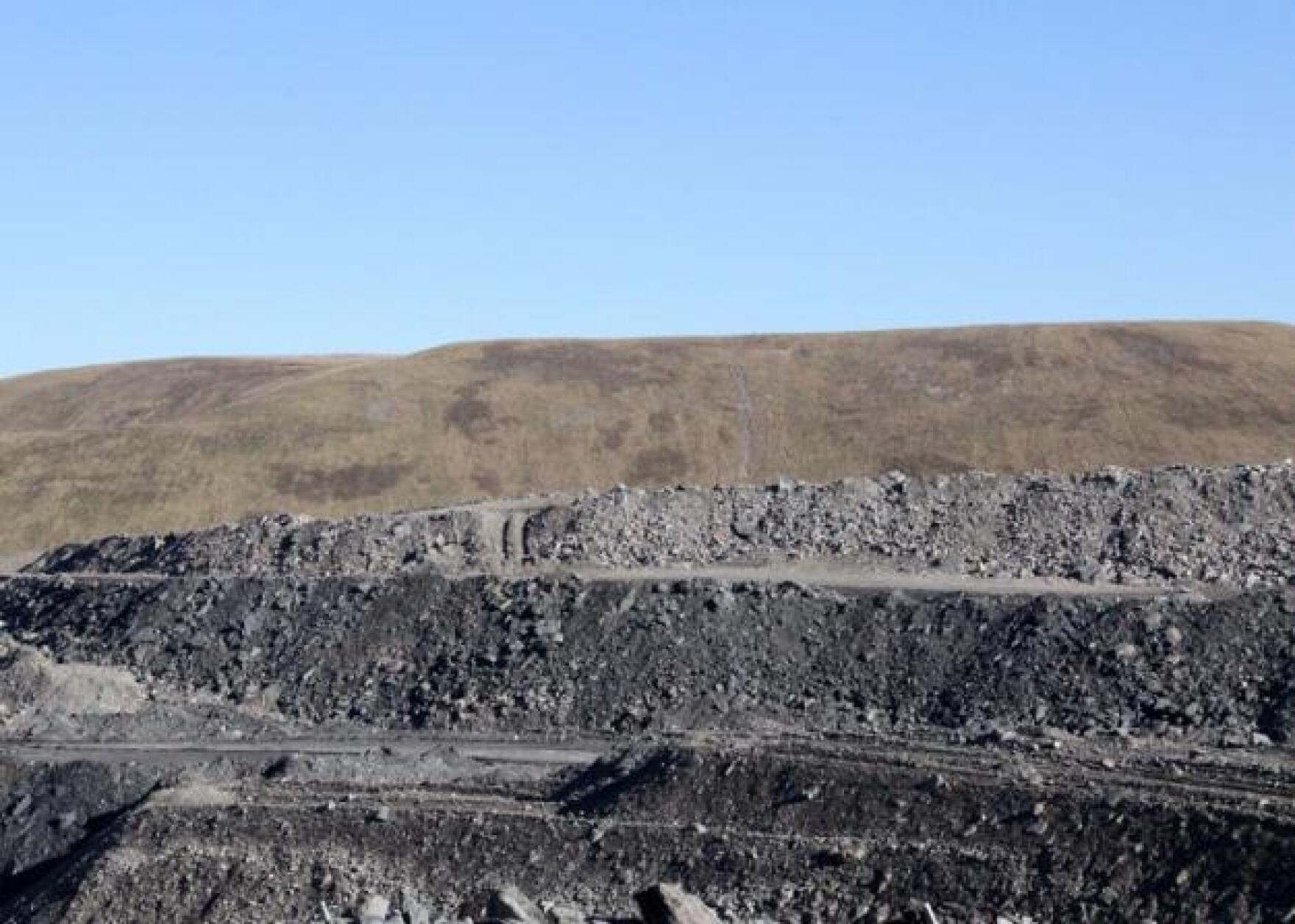From solar farms in Virginia to a green energy subdivision in Kentucky, anew report by a group of regional advocacy organizations highlights 20 ready-made projects across the Ohio Valley that could give abandoned mining operations that were never cleaned up a second life, and create new economic opportunity across the region.
In the report, released Tuesday, the Reclaiming Appalachia Coalition, which advocates for high-impact mine reclamation projects throughout Central Appalachia, says innovative mine reclamation “could be Appalachia’s new Deal.”
“This report marks an important step as Appalachia citizens continue to re-imagine and work toward a future of sustainable and healthy local economies, where young people can find meaningful work and stay to raise their own families,” Adam Wells, regional director of community and economic Development with Appalachian Voices, said in a statement.
Virginia-based Appalachian Voices is one of the members of the coalition. Other organizations include Appalachian Citizens’ Law Center in Kentucky, Coalfield Development Corporation in West Virginia, Rural Action in Ohio, and Downstream Strategies in West Virginia.
Projects highlighted in the report run the gamut and include proposals to use acid mine drainage in Perry County, Ohio to create paint and a proposal by a West Virginia wholesaler to build a livestock processing facility in Kanawha County.
The region has struggled to cleanup and repurpose thousands of abandoned coal sites since the Abandoned Mine Land (AML) fund was created in 1976. State and local governments have sometimes struggled with how to repurpose abandoned coal mine sites, and some high-profile projects have fizzled.
In the report, the authors argue well-thought out reclamation projects can spur economic development, but offer best practices for how they should be proposed. They include selecting appropriate locations near infrastructure and ensuring redevelopment projects are environmentally sustainable and financially viable over the long term.
In recent years, Congress has boosted resources available for that effort. Beginning in 2017, more than $100 million was appropriated for the Abandoned Mine Land Pilot Program. Many of the projects highlighted in the report have applied for funding through the AML Pilot Program.
But another federal effort, the Revitalizing the Economy of Coal Communities by Leveraging Local Activities and Investing More” Act, or RECLAIM Act, which would accelerate reclamation of abandoned mine land by dispersing $1 billion of Abandoned Mine Land funds over a 5-year period with an eye toward economic development, has not been passed by Congress.
Combined, the report’s authors say the 20 projects would require about $38 million of investment and bring $83.5 million in economic activity as well about 540 jobs to the region.




















